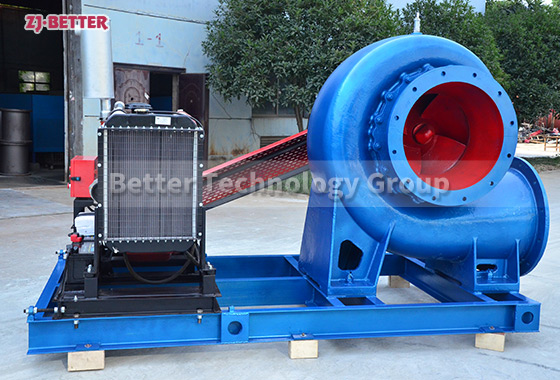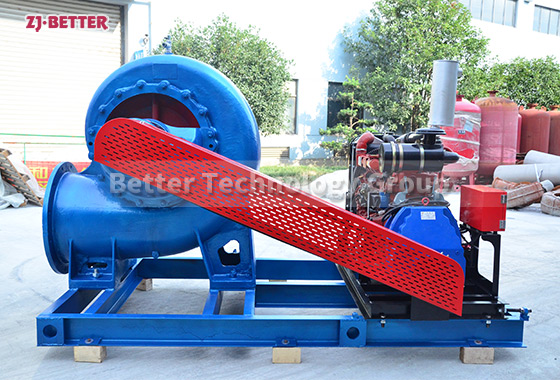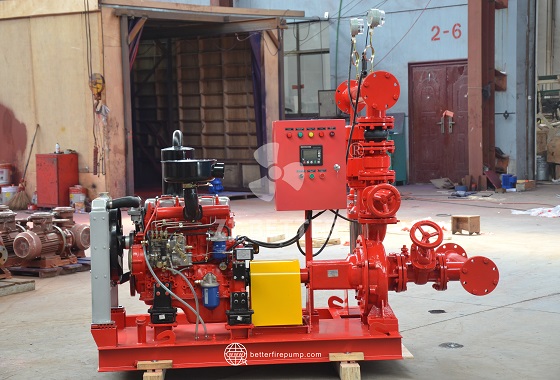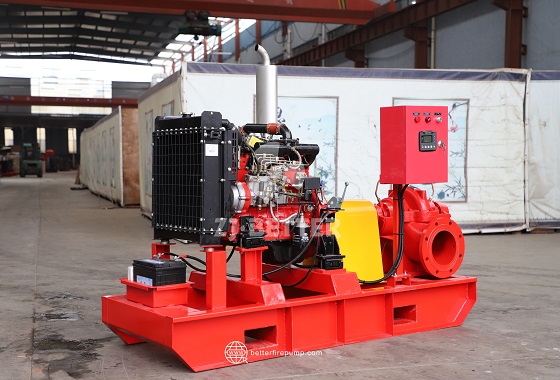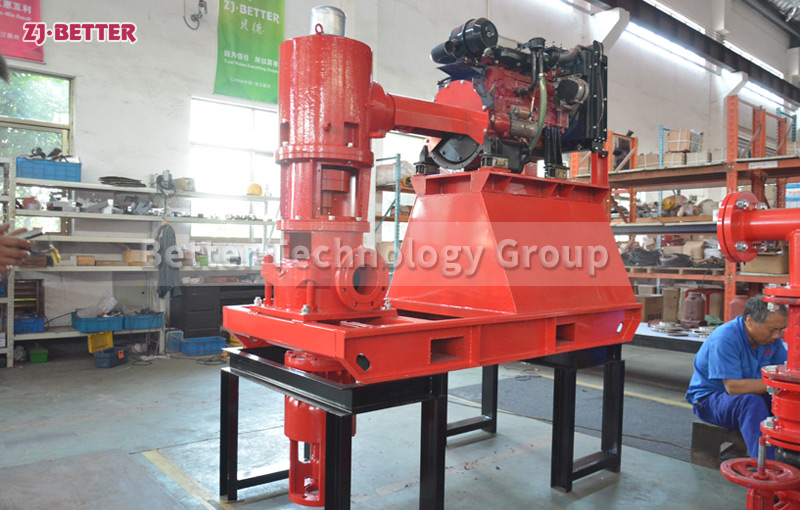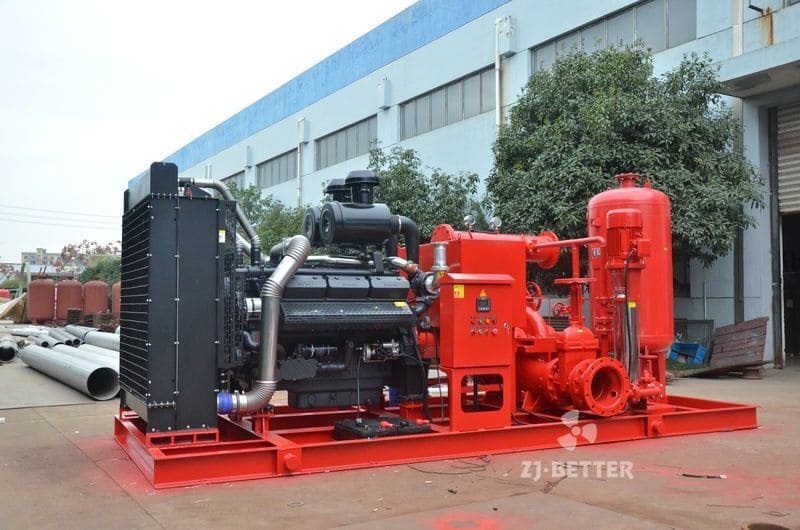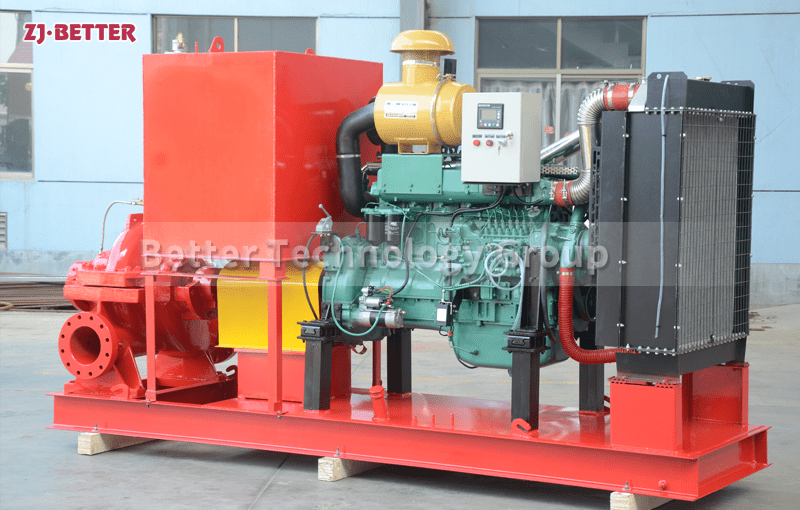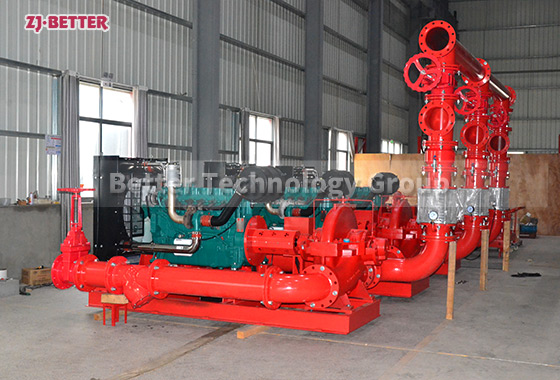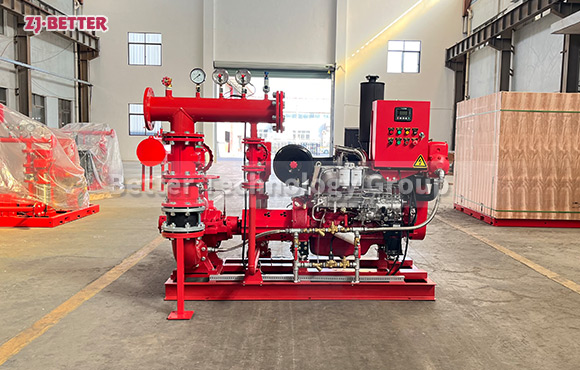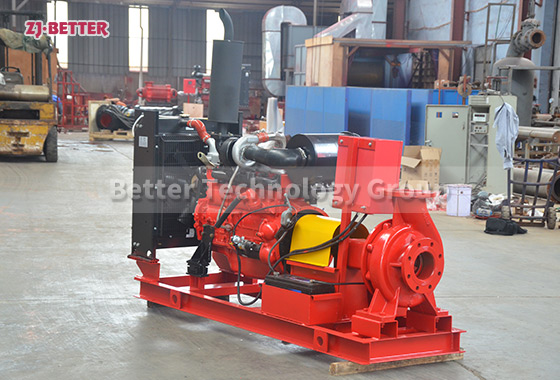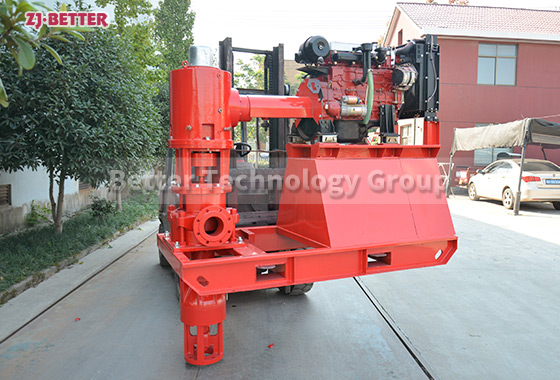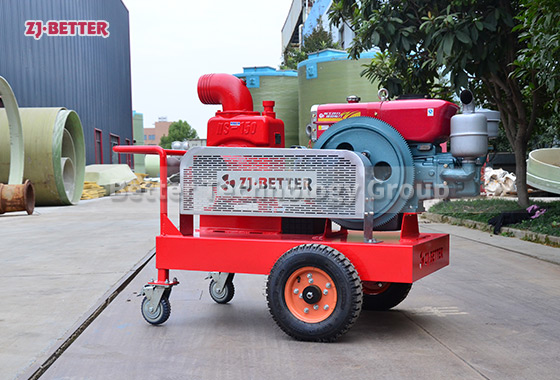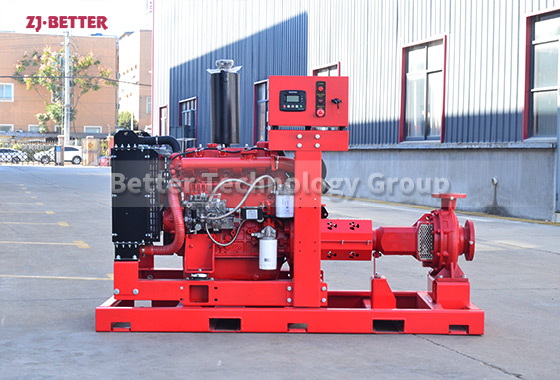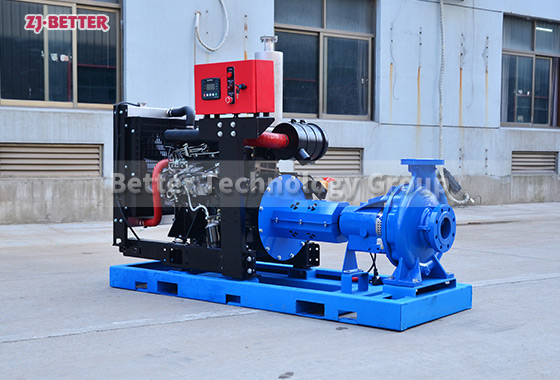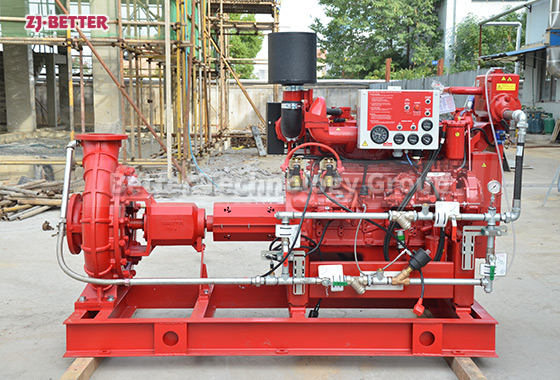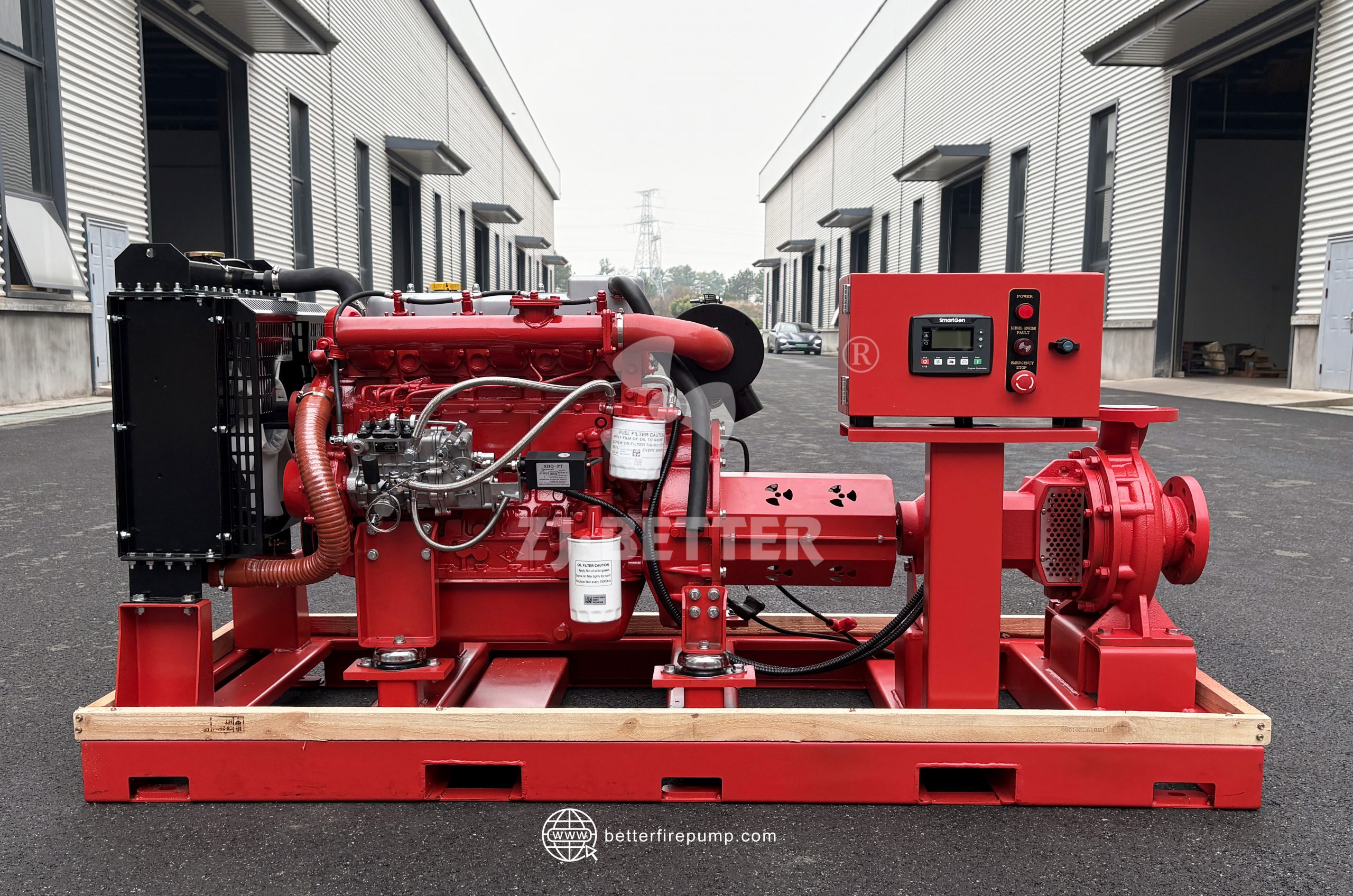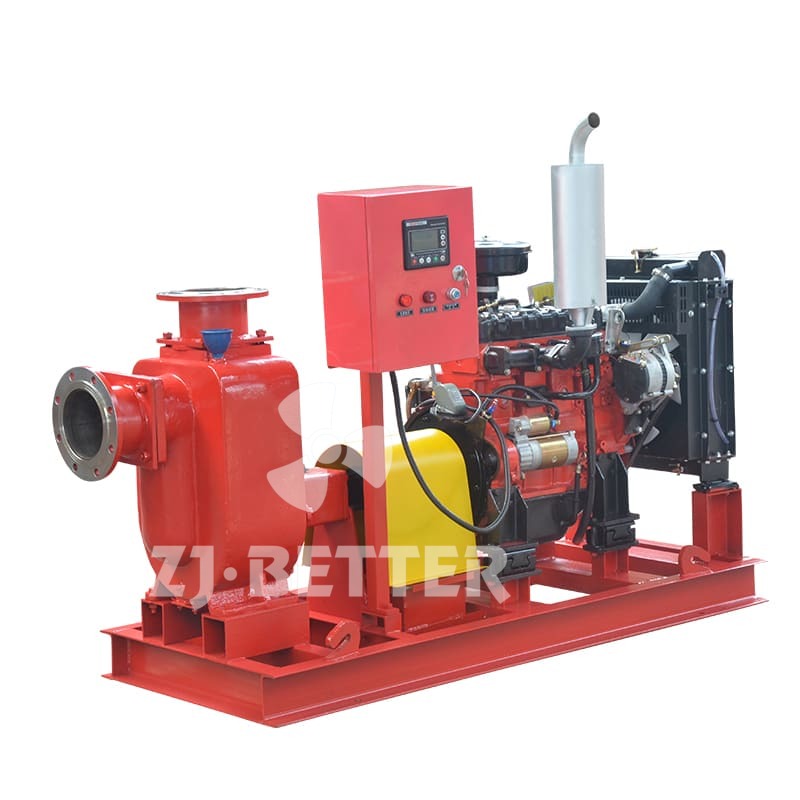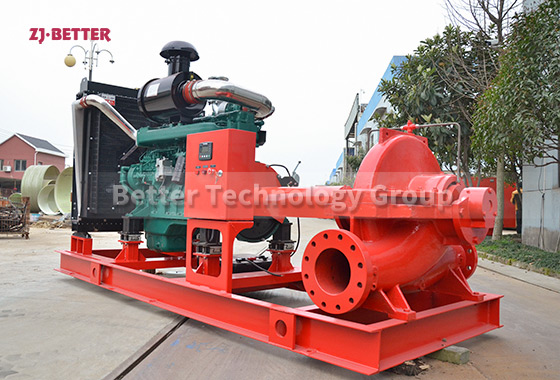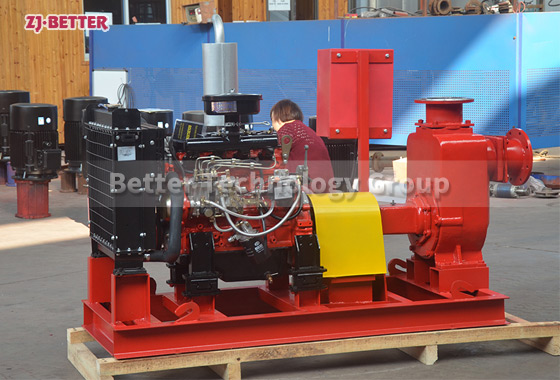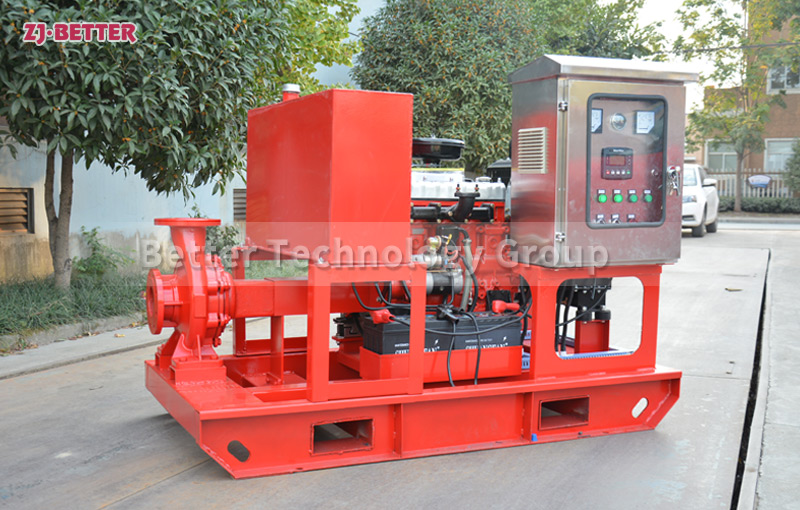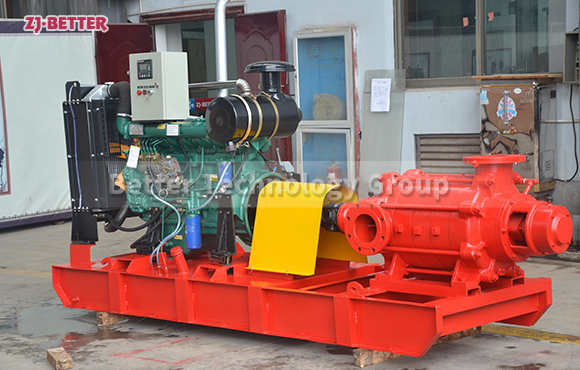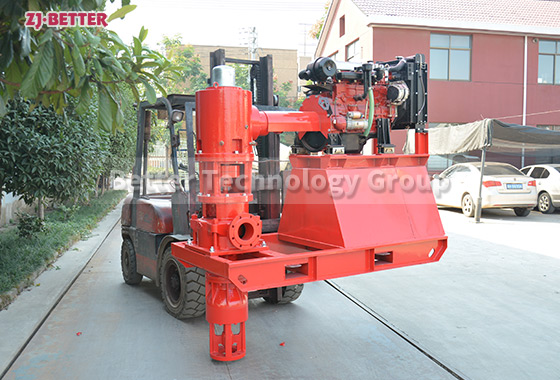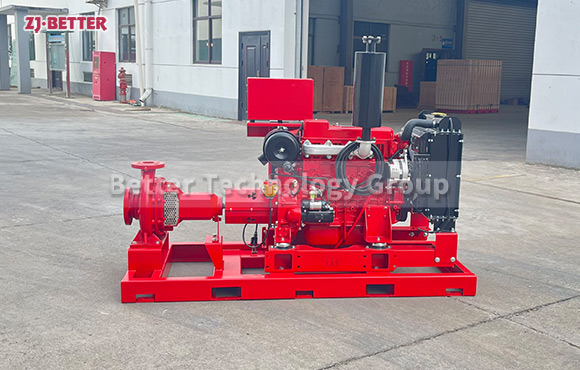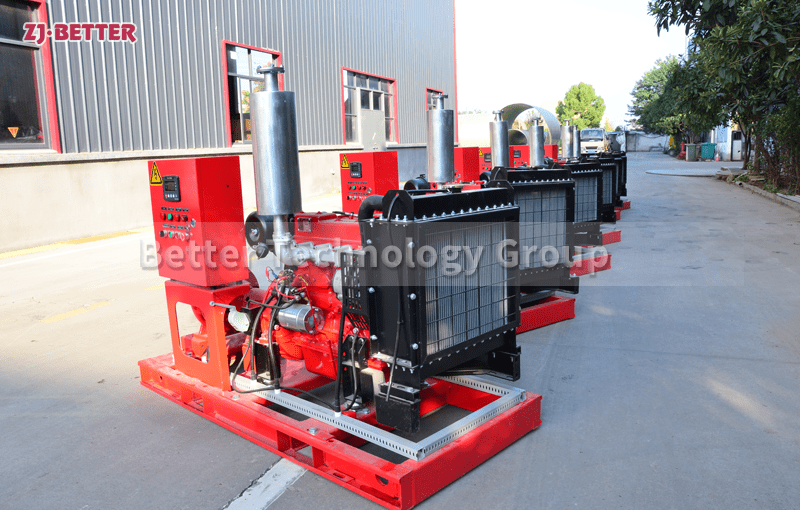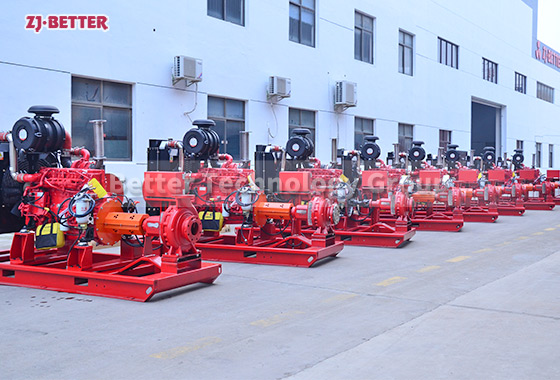Efficient Diesel Engine Mix Flow Pump Systems
The Diesel Engine with Mixed Flow Pump is an advanced firefighting and rescue equipment. It is suitable for various environments, especially in areas with unstable power supply, where it maintains its peak efficiency. Moreover, this equipment is cost-effective, easy to maintain, and offers long-lasting firefighting assurance.
The Diesel Engine with Mixed Flow Pump is an advanced firefighting and rescue equipment. It is suitable for various environments, especially in areas with unstable power supply, where it maintains its peak efficiency. Moreover, this equipment is cost-effective, easy to maintain, and offers long-lasting firefighting assurance.
Fire disasters strike with sudden and overwhelming force, making it our solemn duty to be prepared. In these critical moments, the Diesel Engine with Mixed Flow Pump emerges as a star performer in the realm of firefighting. This remarkable combination brings together the power of a robust diesel engine and the efficiency of a mixed flow pump, providing an unbeatable rescue duo. Let’s explore the outstanding advantages of this product, ensuring the safety and protection of your home.

